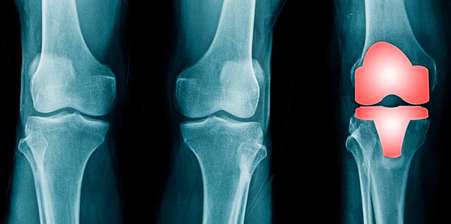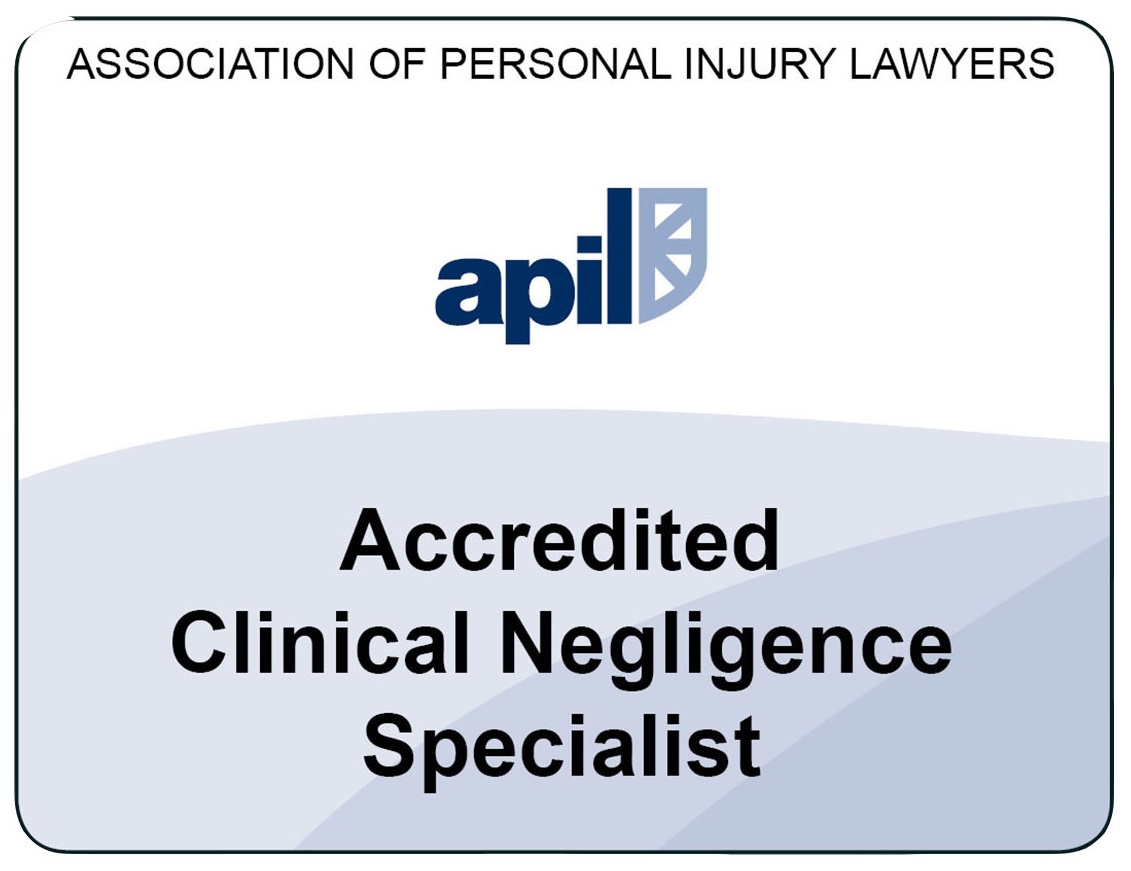Deep Vein Thrombosis (DVT) and Pulmonary Embolism (PE) claims
If you have suffered a Deep Vein Thrombosis (DVT) or Pulmonary Embolism (PE) because of medical negligence, or if a DVT/PE were not diagnosed in time, you might have a claim for compensation.

DVT and PE compensation: Expert medical negligence solicitors
What is a DVT (blood clot) or a PE?
DVT is when a blood clot forms inside a ‘deep vein’ in the body. Examples of deep veins are the femoral vein, located in the leg and the brachial vein, located in the arm. The blood clot commonly occurs in the leg muscles, such as the calf or thigh. Potential complications of DVTs include PE, which can be fatal.
A PE happens when a blood vessel in the lungs gets blocked by a blood clot. The most common cause of a PE is when part or all of a DVT dislodges itself and travels from the leg to the lungs. A PE can damage your lungs, restricting blood flow and oxygen supply to the rest of your body. In very serious cases, it can be fatal.
Doctors sometimes refer to DVT and PE as Venous Thombro-Embolic disease (VTE).
No win, no fee
We work on a no win, no fee basis, so there’s no need to worry about costs. Plus, our specialist solicitors provide an initial free assessment of your claim.
Examples of DVT/PE medical negligence claims
Because VTE is one of the leading causes of death and disability in the world, doctors should assess your risk of VTE and, depending on your risk factors, prescribe treatment to minimise the risk of you developing a DVT or PE.
We have helped a number of patients and their families who have suffered DVT or PE as a result of medical negligence in cases where, for example:
- hospitals have not given blood thinners/stockings to patients at high risk of DVT who were undergoing planned surgery (such as hip replacement and knee replacement procedures)
- there was a failure to properly assess the risk of DVT or PE on emergency admission to hospital and or give blood thinners or stockings to patients at high risk of VTE
- medical staff in A&E did not diagnose or suspect and treat a PE
- there was a failure to discuss the risks and benefits of continuing to monitor the DVT or PE or perform surgery.
- Medication errors. NRS Resolution has published an information leaflet relating to medication errors in heparin and anti-coagulation highlighting that these claims are most commonly seen in orthopaedic surgery, general medicine, general surgery, cardiology and emergency medicine and that the key causes for low molecular weight heparin (LWMH) medication error claims were incorrect dose or course length prescribed; delay or an omission in administering; and a failure to ensure that a sufficient course of LMWH was supplied at discharge from hospital.
In July 2020, the Healthcare Safety Investigation Branch (HSIB) commenced a national investigation into the timely recognition and treatment of people of suspected pulmonary embolism (PE). The investigation will look at information sharing between different clinical disciplines, access to diagnostic services, including CTPA and thrombosis centres to quickly diagnose PE and other other systemic safety issues identified during the investigation.
How a compensation claim can help
A compensation claim can provide closure and financial security for the future if you have suffered an avoidable DVT or PE or complications because of a delay in diagnosing and treating VTE.
DVT can sometimes lead to significant disability and you might suffer lasting health problems. For example, the vein in the leg may not work so well (chronic venous insufficiency) causing pain and swelling. Post-thrombotic syndrome (PTS) may lead to leg pain, swelling, ulcers and sores. Rarely, amputation may be required. These complications may make it difficult to walk and take part in normal daily activities. You may need ongoing medical care. A claim can cover the cost of lost earnings, care needed, specialist treatment and equipment.
The most serious complication of a PE is death. Around one third of people with undiagnosed and untreated PE die. Our medical negligence solicitors have supported many families who have lost someone because of a PE, both at inquest and through a medical negligence claim.
We’re here to help
Come in for a free, confidential, no obligation chat, or fill out our enquiry form and we will let you know how we can help. We can also visit you at home if you wish.
Our medical negligence lawyers are based in:
- Cambridgeshire: Cambridge
- Essex: Brentwood, Chelmsford and Saffron Walden
- Hertfordshire: Bishop's Stortford and Royston
But we can help you wherever you are in England and Wales.
DVT and PE compensation FAQ's
In some DVT cases, there are few or no symptoms that this condition exists. However, possible signs of DVT include:
- Swelling and pain experienced in the leg, usually in the calf area
- Aching within the affected area
- Warmer skin where the clot is present
- The appearance of the skin becoming red below the back of the knee
GPs often refer patients for a specific blood test called a D-dimer test, if they suspect DVT. This test can detect broken down pieces of blood clot within the bloodstream.
A large quantity of blood clot pieces is a warning sign that a blood clot is present. The reliability of this test has been questioned though because the number of blood clot pieces present in the bloodstream can increase for other reasons. For example, after an operation or during pregnancy. Therefore, often an ultrasound scan will also be required before DVT can be properly diagnosed.
Talk to an expert
-

Katheryn Riggs
Associate, Medical Negligence
Bishop's Stortford office
Meet Katheryn -

Sophie Stuart
Associate, Medical Negligence
Cambridge office
Meet Sophie -

Craig Knightley
Associate, Medical Negligence
Chelmsford office
Meet Craig -

Janine Collier
Executive Partner, Medical Negligence
Cambridge office
Meet Janine
Related articles
-

Medical negligence
Figures reveal increase in preventable medical errors by the NHS to near record levels
10 min read -

Medical negligence
Tees secures settlement for family after avoidable DVT and fatal pulmonary embolism
7 min read -

Medical negligence
Medical Negligence claims: Psychiatric injury
7 min read



